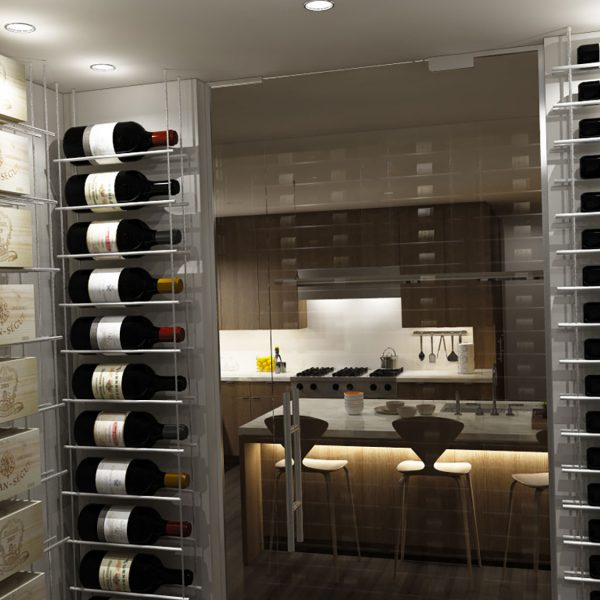Many wine lovers dream of a beautiful wine cellar. It is a great way of increasing the value of a home. Even it can help you show off your sophistication to your friends and relatives. To get a beautiful wine cellar, you should plan and follow a couple of principle rules. These aspects should be considered while you are drafting the outline for your wine cellar.
Let’s explore seven basic aspects in details:
1. Where do you start?
Before, starting the wine cellar development, you should ask yourself why you should build a cellar. What is your purpose behind a wine cellar construction? Do you want the cellar only for storing the wine? Or, do you want to use it for entertainment purpose as well? If your wine cellar construction is intended for storing your wine collection, then it would be better to opt for unstained wood racks containing pine and metal. If you want to use the cellar for entertainment purposes as well, then you need to consider some common upgrades including islands, waterfalls, tabletops, archways etc. These tools will help you add elegance and dignity to your wine cellars.
2. How should the wine be stored?
The best condition for storing and aging wine is 55-60˚F along with 60-70% relative humidity. If you don’t have space where you can avail these conditions, you need to create a controlled environment to keep your wine in a good state.
3. Which are the critical components in a wine cellar?
Critical components depend on the cellar designs. In most of the cases, there are three most crucial components of a standard wine cellar. These components are insulation, moisture barrier, and airtight seal.
• Insulation
Experienced architects recommend a minimum of R12, and R19 if it is possible. As most of the walls are constructed with 2”*4” studs, you need to use 2 x 1½” bats with R6 per inch.
• Moisture Barrier
It is important to use a vapor barrier during the wine cellar construction. The most used vapor barrier is 6-mil poly sheeting that is also known as Visqueen. You can wrap it around the outside portions of your wine cellar.
• Airtight Seal
Every wine cellar should have an airtight seal to save the wine from the outside air. For instance, your door should contain weather-stripping and door-sweep features to stop the air from entering the wine cellar when the door is closed.
4. Concrete walls are perfect for wine cellars
If you prefer concrete walls for your wine cellars, you should double the thickness of the wall to 16 inches; the R-value will increase by 0.50. Concrete might not be a good option always because of its porous nature. You should attach a layer of poly coating and a rigid foam insulation to make a moisture barrier.
5. How can the glass walls, window, or doors influence the wine cellars?
The glass contains low R-value. Therefore, it can provide a poor insulation in wine cellar designs. The R-value of a thermal double pane glass is three. It implies that you need to account for the glass when you will calculate the thermal load of your wine storage. You should be very careful about rated capacity.
6. How should you select a wine cooling unit?
Your selection of a cooling unit will depend on two facts- price and performance. Many cooling units are available in the market that you can consider, such as:
• Through-the-Wall
• Split Cooling Systems
• Ducted Cooling Systems
7. How should you select the wine racks?
It will depend entirely on your taste and requirements. A wide variety of wine cellar rack is available in the market including Individual Bottle Storage, Diamond Bin Storage, case storage etc. Pick the one that meets your requirements and fits well into your available space.
Once you have done with these steps, you are almost ready to enjoy a beautiful wine cellar. So, what are you thinking? Let’s make an effective plan!

Comments
Post a Comment